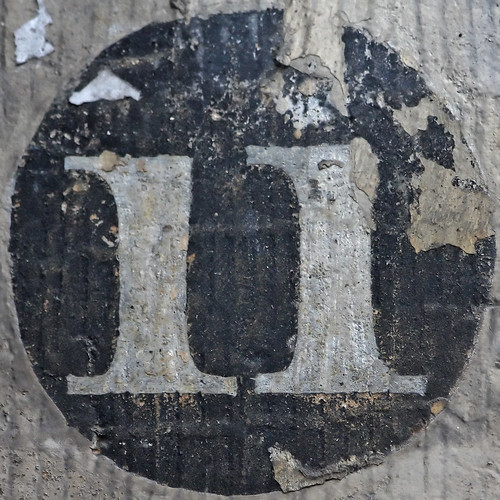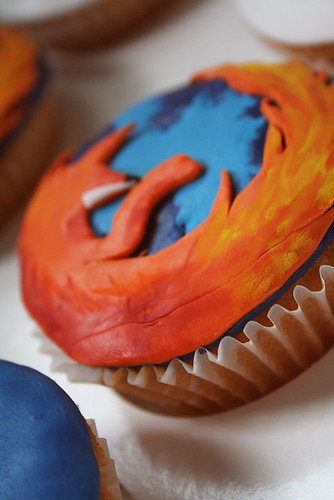When you blog, you become a part of a community. And as a member of a community, you’re responsible for encouraging conversation. Commenting on others’ blogs is a great way to further conversations.
In addition to writing your own blog posts, you will also comment on others’ blogs; these comments will count as 25% of your grade on your blog. Aim to comment on two blog posts each week; you will need 25 comments before the end of fall semester.
Aim to include a variety of blogs that you comment on, ranging from your classmates’ blogs to those of PR professionals. (For a great way to find new and interesting PR blog posts to comment on, subscribe to Ragan’s PR Daily. Or, visit my social bookmarks for PR blogs.)
To track your comments so that I can easily find them, create (and keep adding to) one blog post that you will title “Blog Comments,” and where you will include:
- Comment # (keep a running list)
- Title of blog post you commented on, followed by the author’s name
- Hyperlink to the blog post
- Date of your comment
- Your complete comment (copy and paste)
See Lisa McLaughlin’s blog and Marie Walker Ervin’s blog for some great examples of how to track your comments.
NOTE 1: In order for the comment to “count” as part of your grade for this course, it needs to be at least 100 words long. You are welcome (and even encouraged) to write comments of varying lengths, but for class credit, 100 words is the shortest I’ll accept.
NOTE 2: Do not post each of your blog comments as separate blog entries; make ONE page and keep editing/adding to it.
And whatever you do, make sure your blog comments aren’t whack.











